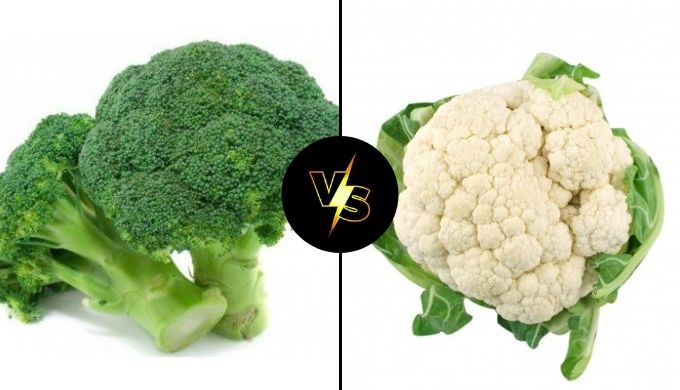When it comes to healthy eating, broccoli and cauliflower are the ultimate heavyweights of the vegetable world. Both belong to the cruciferous family, both come with an impressive résumé of nutrients, and both… well, let’s be honest, carry a bit of a reputation for their smell once they hit boiling water. While dietitians and fitness gurus love them, many of us see them as the final boss in the eternal struggle between taste and health. But if you had to choose just one to vanish forever, which would it be? Broccoli or Cauliflower? Let’s take a closer look.
Broccoli
Broccoli has roots in ancient Italy, where it was celebrated as a delicacy long before “superfood” became a buzzword. Today, it’s one of the most recognized green veggies on the planet. Nutritionally, it’s a powerhouse: rich in fiber, vitamin C, vitamin K, and even compounds believed to help fight cancer. Studies link broccoli to improved heart health, stronger immunity, and even better bone density. Beyond science, it’s a surprisingly versatile ingredient. Toss it into stir-fries, roast it with a drizzle of olive oil, add it raw to a salad, or even blend it into soups for that extra kick.
Still, broccoli is a divisive character. For some, it’s the crown jewel of healthy eating. For others, it’s a green villain that smells suspiciously like a locker room after boiling. The truth? With the right recipe, broccoli can shine, but one wrong move in the kitchen and you’ll be frantically opening windows. Love it or hate it, broccoli has earned its spot as a global icon. But does that mean it deserves to stay if only one cruciferous veg survives?
Cauliflower
Cauliflower may look like broccoli’s pale cousin, but don’t underestimate it. Its history stretches back to ancient Greece and Egypt, where it was valued not just for its taste but also for its medicinal properties. Nutritionally, it’s just as impressive as broccoli, boasting a strong dose of vitamins C, K, B6, along with calcium, magnesium, and potassium. And in the modern kitchen, cauliflower has had something of a renaissance. From cauliflower “rice” to cauliflower pizza crusts, it has reinvented itself as the low-carb hero of trendy diets.
Flavor-wise, cauliflower is milder and often more approachable than broccoli, making it easier to sneak into recipes. Mashed cauliflower can rival mashed potatoes, roasted florets can be addictively crunchy, and it can even transform into creamy soups that comfort the soul. But, there’s always a but, the smell. Once boiled, cauliflower emits an aroma that has sent countless households into crisis. Still, fans argue that its culinary flexibility and lighter taste outweigh any olfactory drawbacks.
At its best, cauliflower is like the blank canvas of vegetables, adapting to any dish, culture, or diet trend. At its worst, it’s the culprit behind that lingering kitchen smell. So, the question remains: is its adaptability enough to secure its spot, or would you rather banish it forever and let broccoli rule the plate?
👉 Now it’s your turn to decide: If one had to disappear forever, which vegetable would you choose to sacrifice? broccoli or cauliflower?



